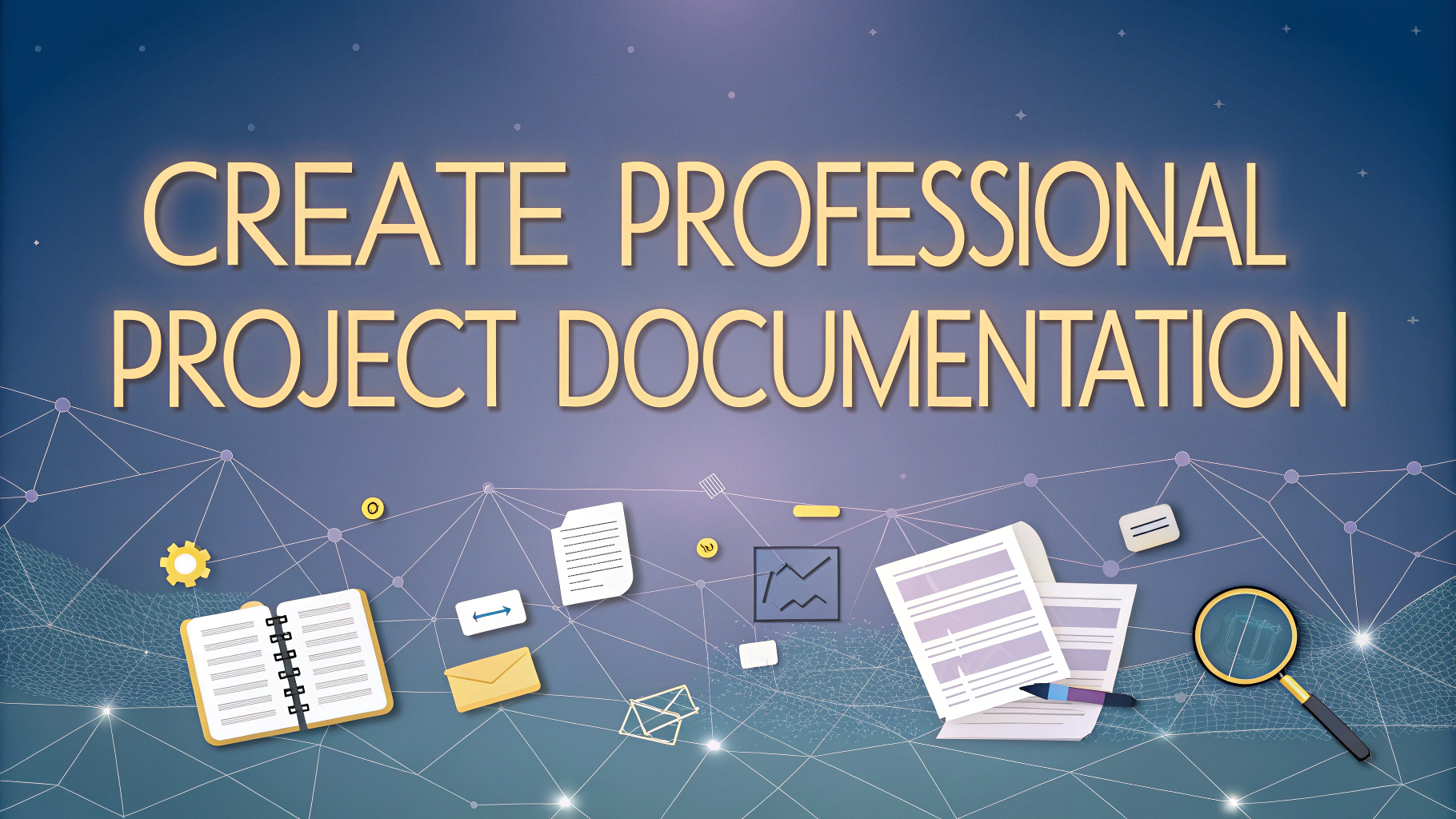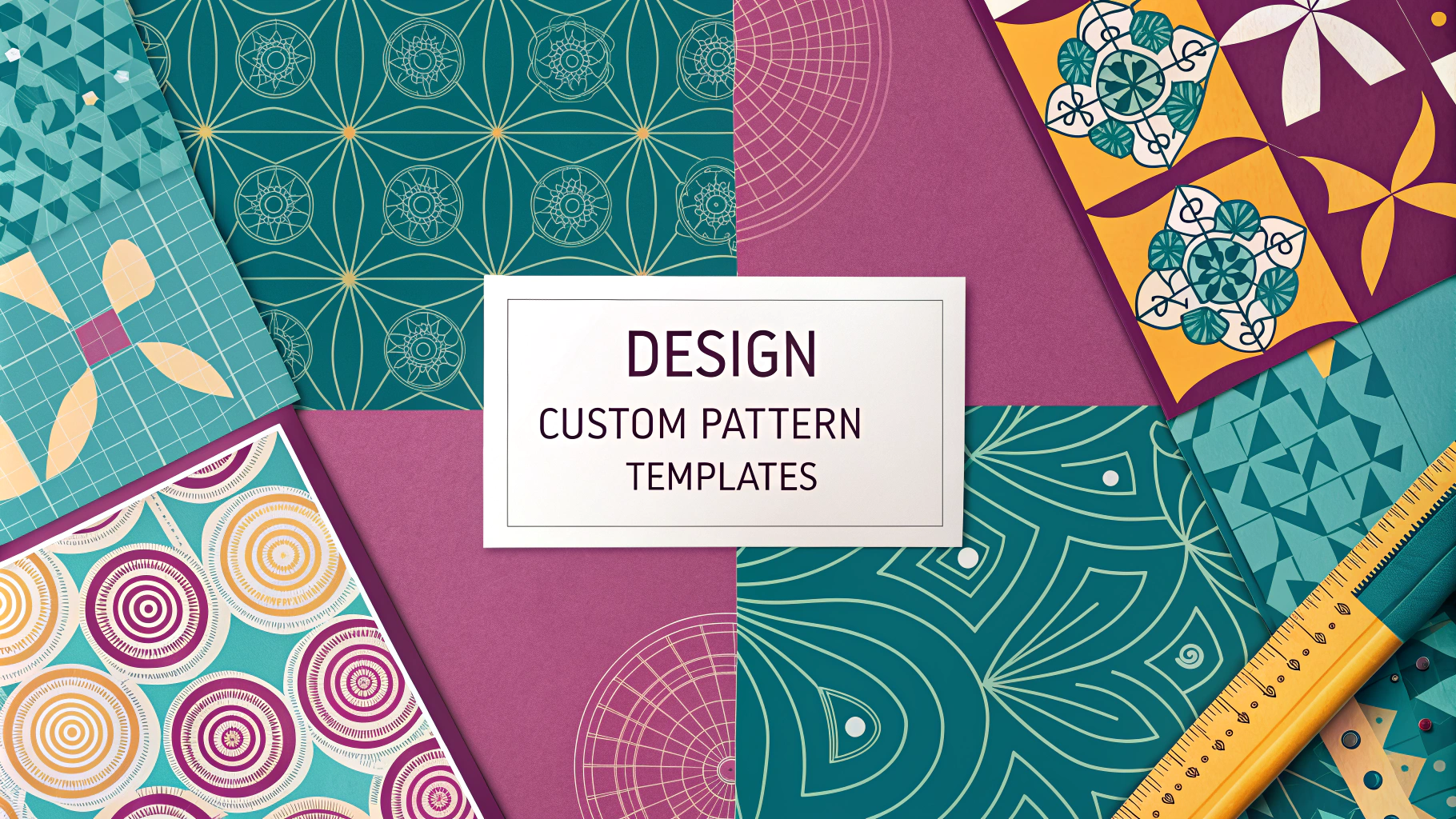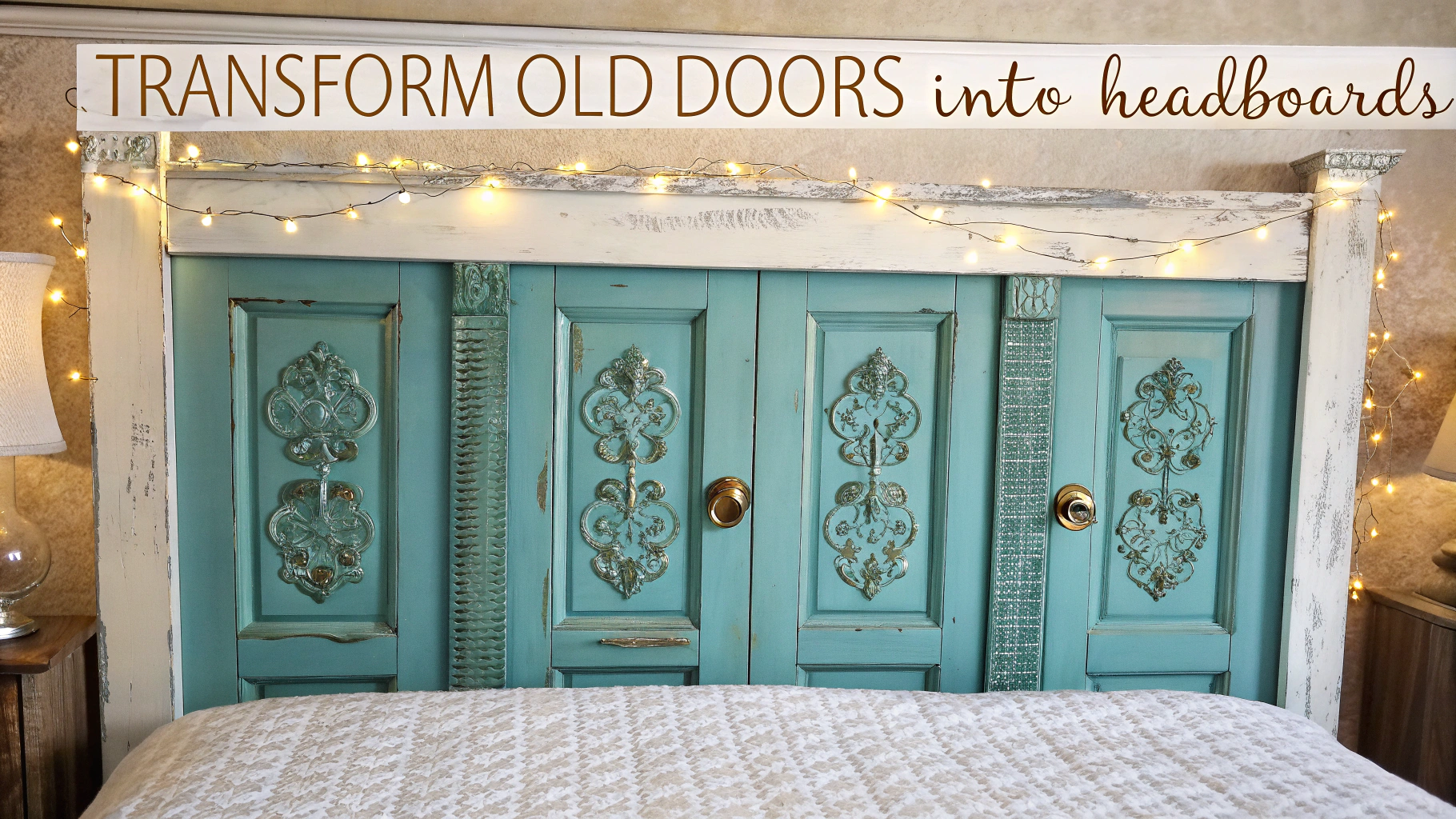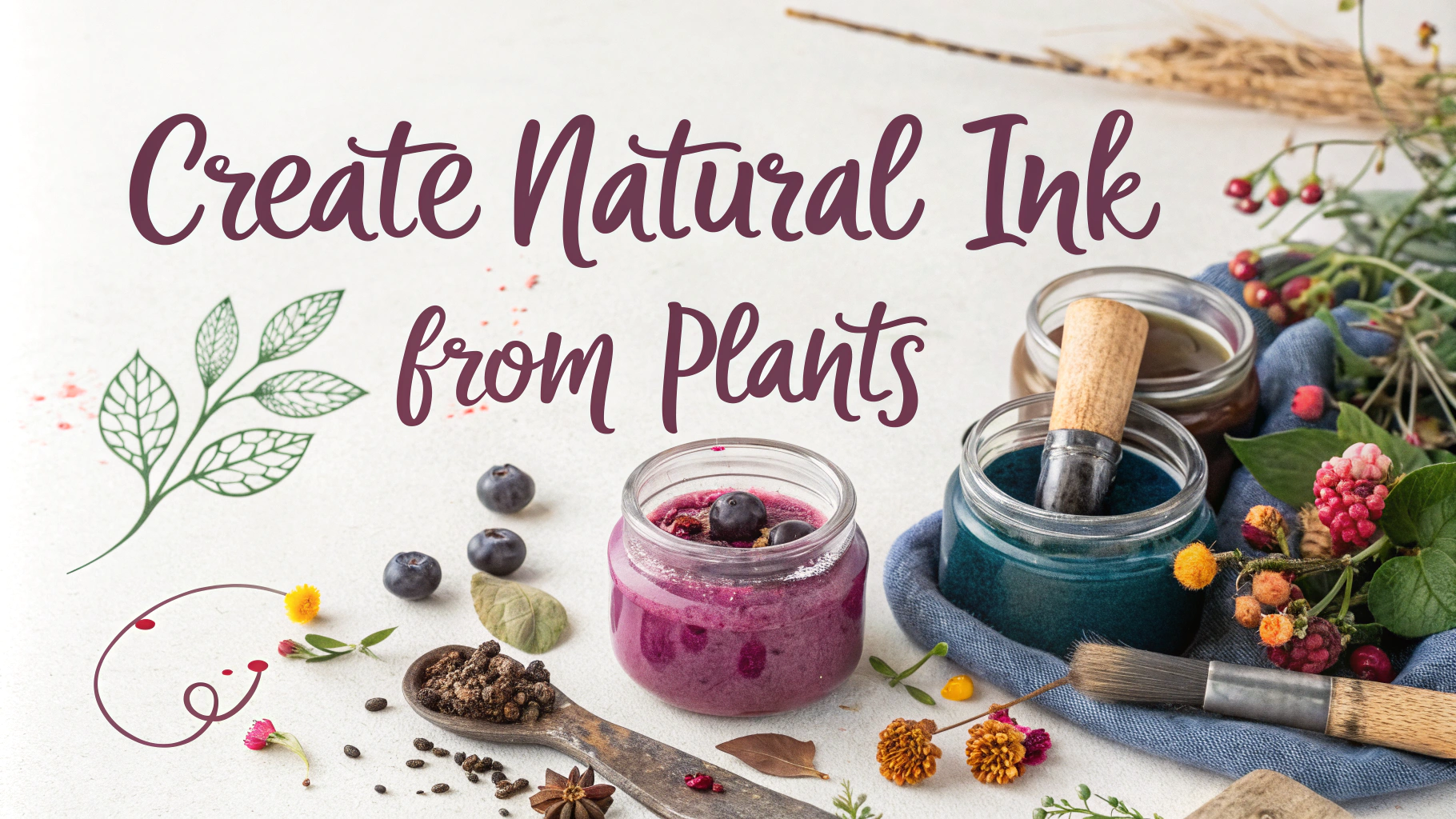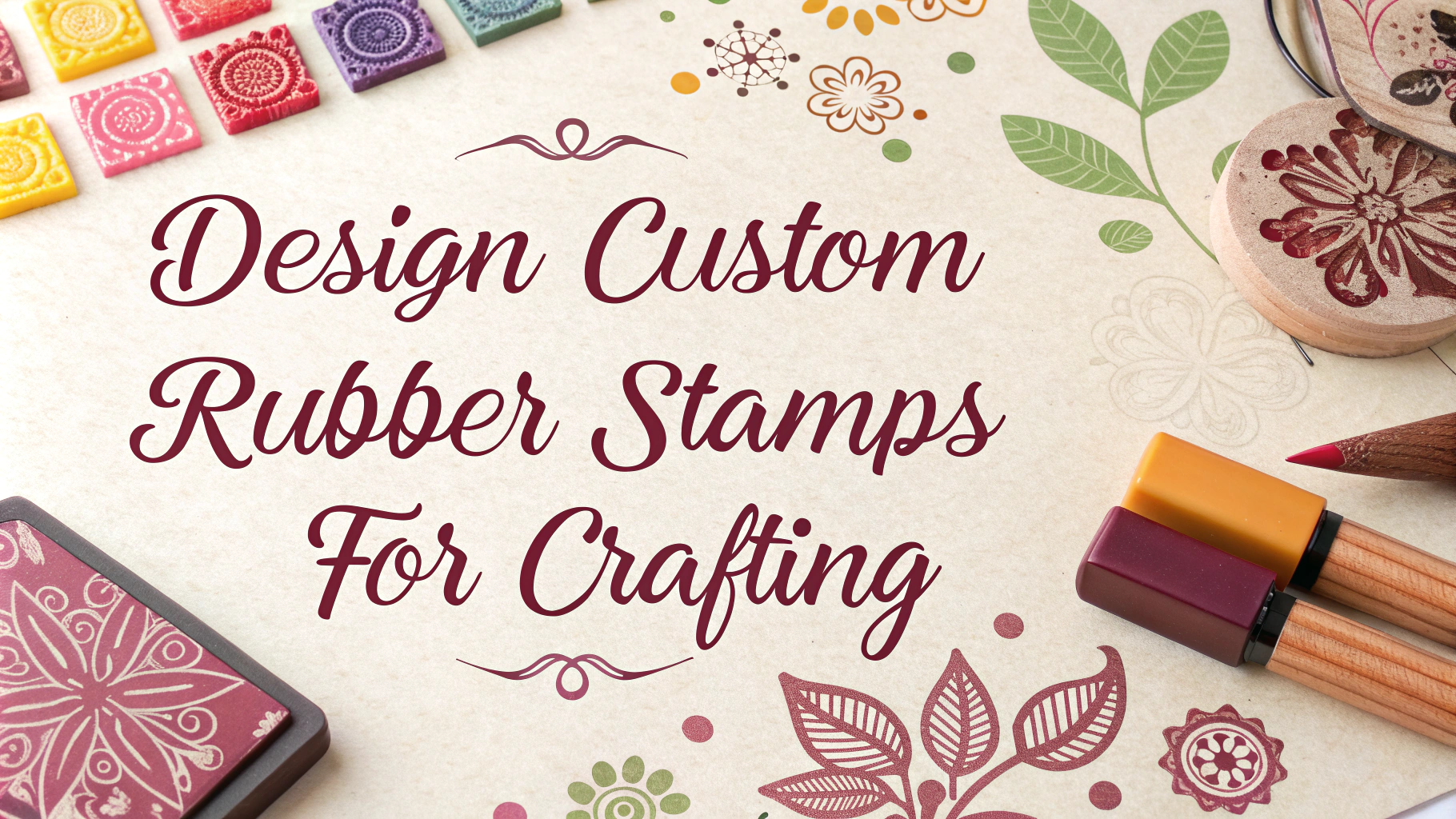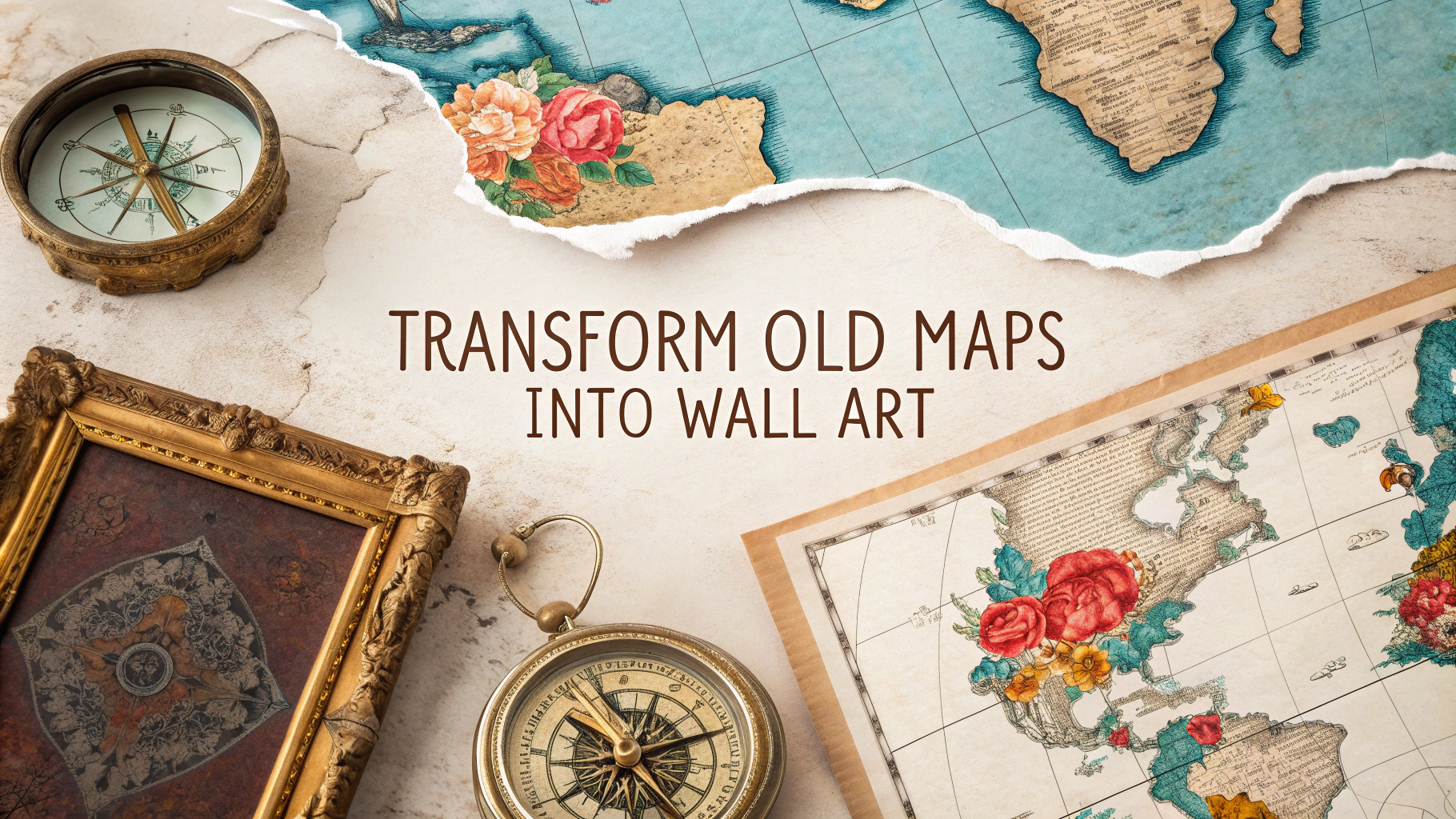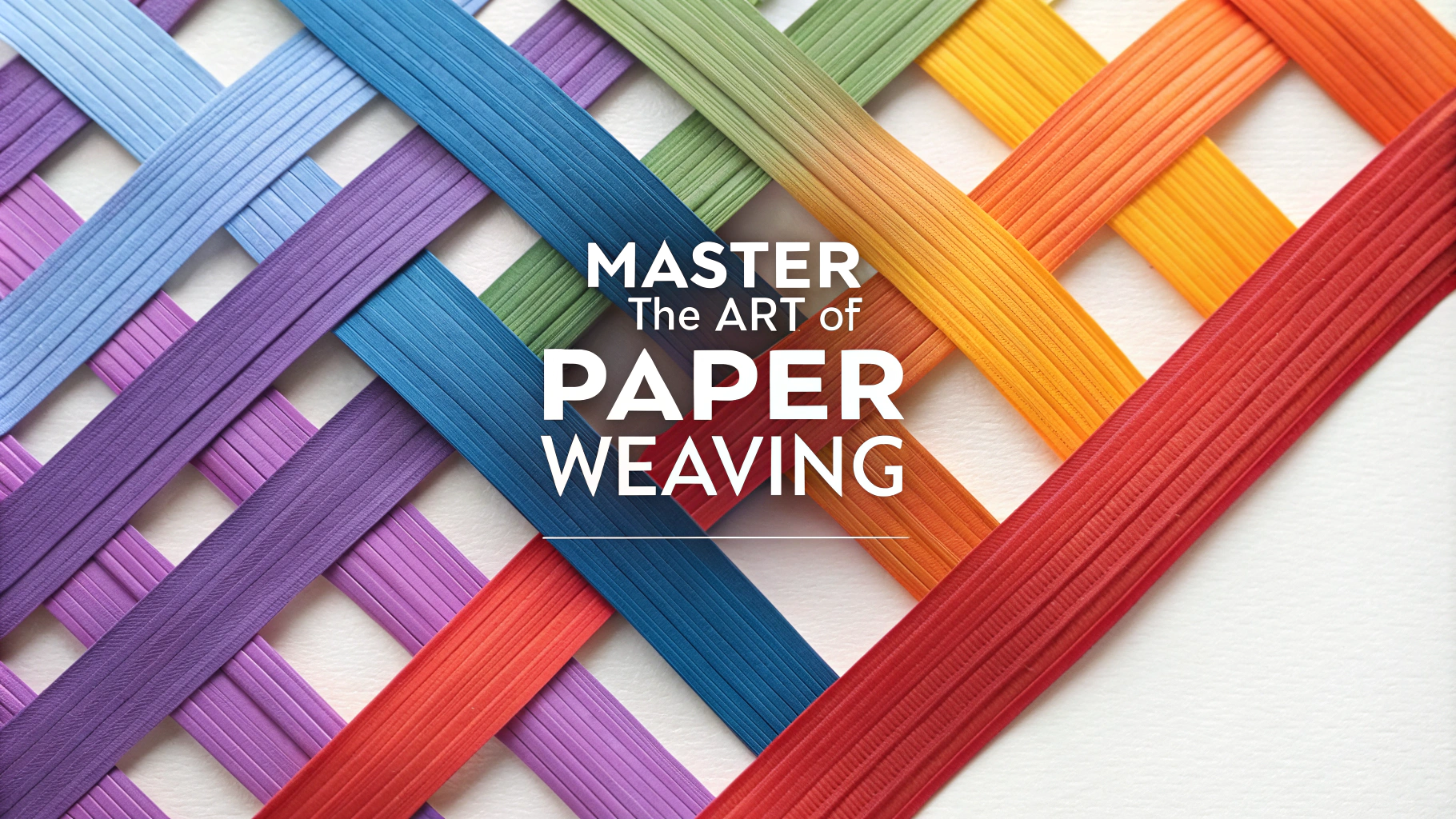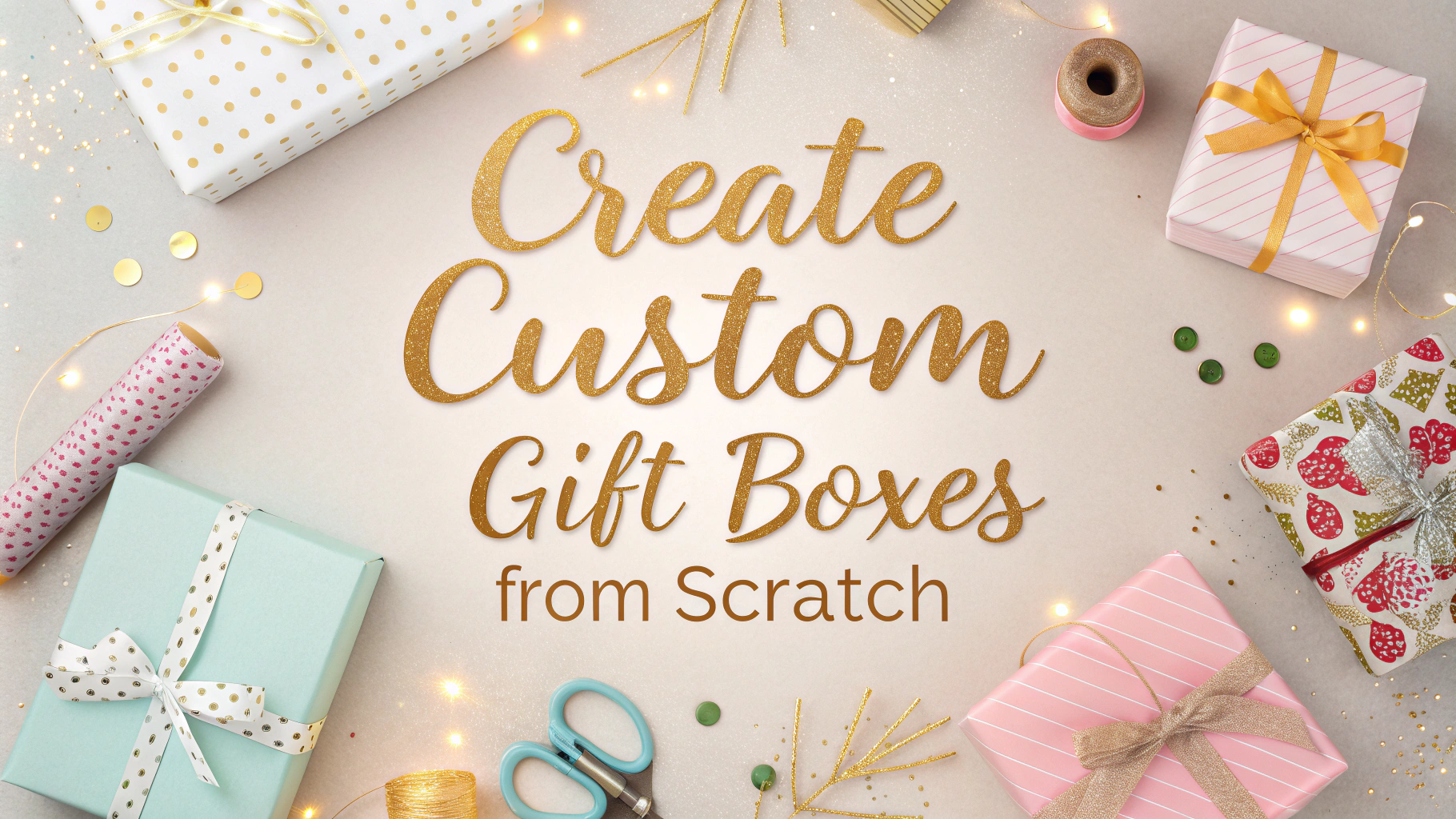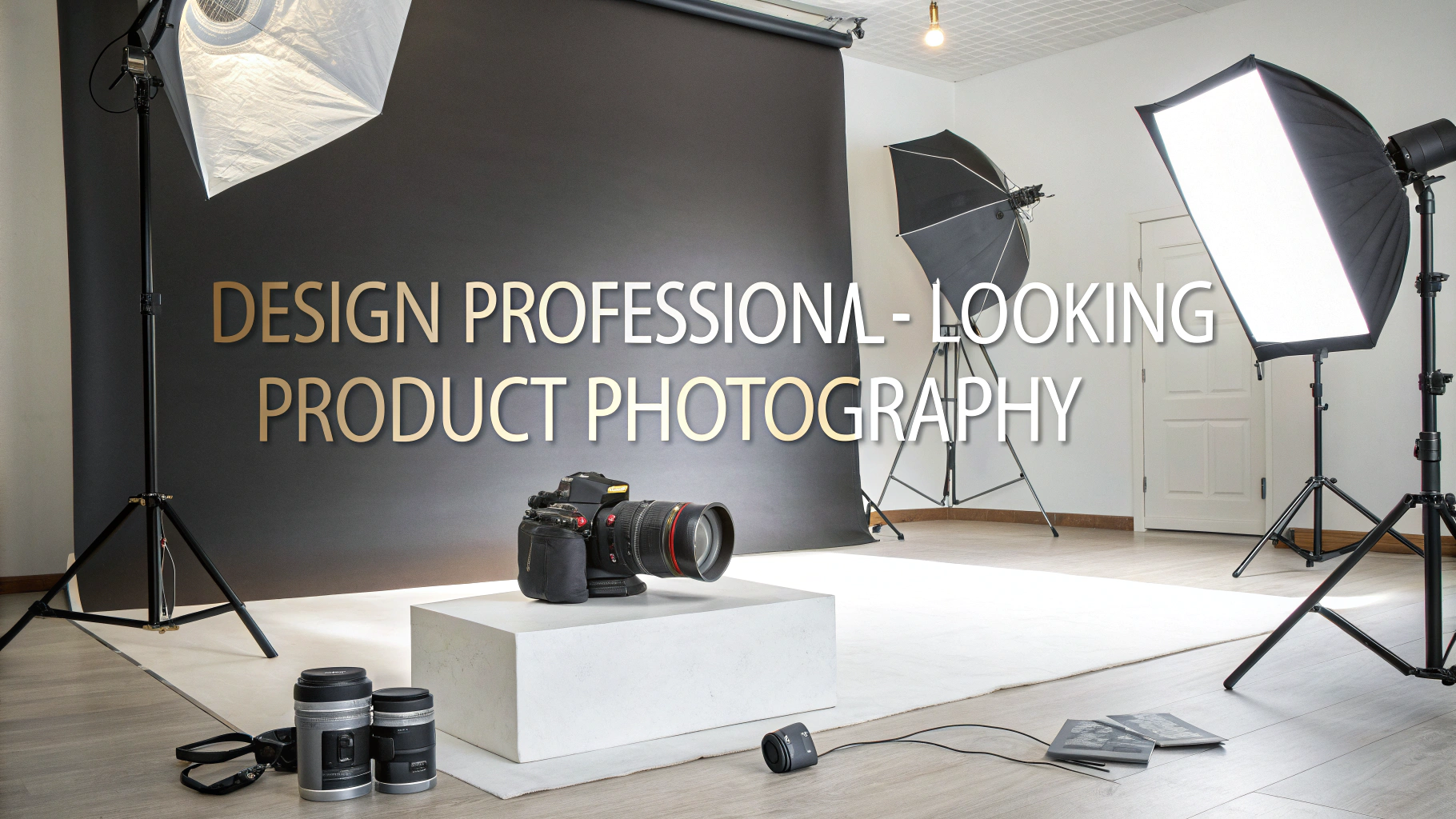Needle felting has become a profitable craft business opportunity, allowing artisans to create unique wool sculptures and decorative items that appeal to collectors and gift buyers.
Popular Needle Felting Projects That Sell Well
- Pet portraits and custom animal figures
- Seasonal decorations (Christmas ornaments, Easter bunnies)
- Brooches and jewelry pieces
- Miniature food items
- Woodland creatures and fantasy characters
Materials Cost Breakdown
| Item | Approximate Cost | Usage Per Project |
|---|---|---|
| Wool roving (4 oz) | $8-15 | 0.5-2 oz per small project |
| Felting needles (10 pack) | $5-8 | 1-2 needles per project |
| Foam pad | $6-10 | Reusable for 20+ projects |
Advanced Techniques for Professional Results
- Armature Building: Use wire frames for structural support in larger pieces
- Core Wool Usage: Build firm bases with cheaper core wool before adding colored top layers
- Surface Detail Work: Blend colors and create texture using small wisps of wool
Pricing Strategy
Calculate your pricing using this formula: Materials + (Time × Hourly Rate) + Overhead = Wholesale × 2 = Retail Price.
Where to Sell Needle Felted Items
- Etsy: www.etsy.com – Perfect for handmade items
- Craft Fairs: Search local events through FestivalNet
- Instagram: Use hashtags #needlefelting #handmadegifts
- Local Gift Shops: Offer wholesale pricing for retail placement
Quality Control Tips
- Test all pieces for durability before selling
- Photograph items in natural light
- Package items securely with care instructions
- Include your business card and social media information
Understanding your target market helps determine which projects to focus on – pet owners typically spend more on custom pieces, while seasonal items sell best during holidays.
Recommended Suppliers
- Paradise Fibers: www.paradisefibers.com
- Living Felt: www.livingfelt.com
- Woolery: www.woolery.com
Track your time and materials carefully for the first few months to establish accurate pricing and maintain profitable operations.
Marketing Strategies
- Create video tutorials showing your process
- Offer custom commission options
- Build an email list for regular customers
- Partner with pet photographers for referrals
- Host workshops for additional income
Scaling Your Business
Production Efficiency
- Develop product templates for consistent sizing
- Batch similar items together
- Create assembly-line workflow for repetitive pieces
- Document successful techniques and patterns
Business Growth
- Hire assistants for basic preparation work
- Develop wholesale relationships with retailers
- Create subscription boxes for DIY felting kits
- License your designs to other makers
Common Challenges and Solutions
| Challenge | Solution |
|---|---|
| Repetitive strain injury | Use ergonomic tools, take regular breaks |
| Seasonal sales fluctuations | Develop year-round product lines |
| Price competition | Focus on unique, high-quality designs |
Conclusion
Success in needle felting business requires balancing artistic creativity with sound business practices. Focus on developing signature styles, maintaining quality standards, and building strong customer relationships. Regular market research and adaptation to trends will help ensure long-term sustainability and growth.
Document your journey and connect with other felt artists to stay motivated and informed about industry developments. Consider diversifying your income streams through teaching, kit creation, and pattern sales to build a robust business model.
FAQs
- What types of needle felted items are most profitable to sell?
Small to medium-sized animal figures, brooches, ornaments, and customized pet portraits are consistently profitable. Seasonal items like Christmas decorations and Valentine’s Day gifts also sell well. - What essential tools and materials do I need to start needle felting for profit?
You’ll need felting needles (sizes 36-40), foam working pad, core wool for base structures, colored wool roving, needle holders, scissors, and protective finger guards. - How do I price my needle felted creations?
Calculate material costs, multiply by 2-3 for wholesale price, then multiply by 2-2.5 for retail price. Factor in time spent (recommended $15-25 per hour) and market research of similar items. - What type of wool works best for professional needle felting?
Merino wool is ideal for detail work and surface texture, while core wool or Romney wool works best for structural elements. Norwegian wool is excellent for durability. - How can I create consistent quality in my needle felted products?
Use armatures or wire frameworks for structure, maintain consistent wool density, and create templates for repeated designs. Document your process with photos and notes. - What are the best platforms to sell needle felted items?
Etsy, craft fairs, local artisan markets, Instagram shops, and personal websites are the most successful venues. Custom commission work through social media also proves profitable. - How long does it take to create a sellable needle felted piece?
Small brooches take 1-2 hours, medium animals 3-6 hours, and detailed custom pieces 8-20 hours. Speed improves with practice while maintaining quality. - What are common mistakes to avoid when needle felting for profit?
Underpricing work, using low-quality materials, rushing projects, not securing loose parts properly, and failing to photograph items professionally for online sales. - How do I protect my needle felted items during shipping?
Package items in acid-free tissue paper, use sturdy boxes, add bubble wrap for protection, and consider weather-proof packaging for moisture protection. Include care instructions. - What techniques create the most professional-looking results?
Layering colors gradually, using multiple needle sizes for different effects, incorporating wire armatures for stability, and finishing with detailed surface work using fine needles.

